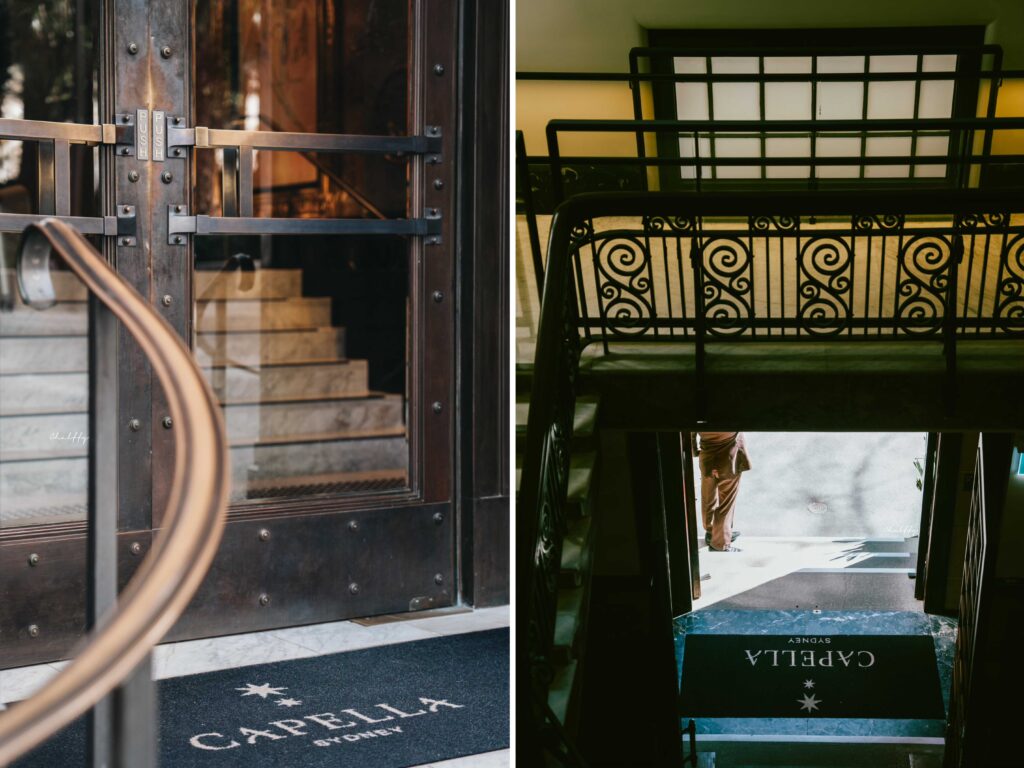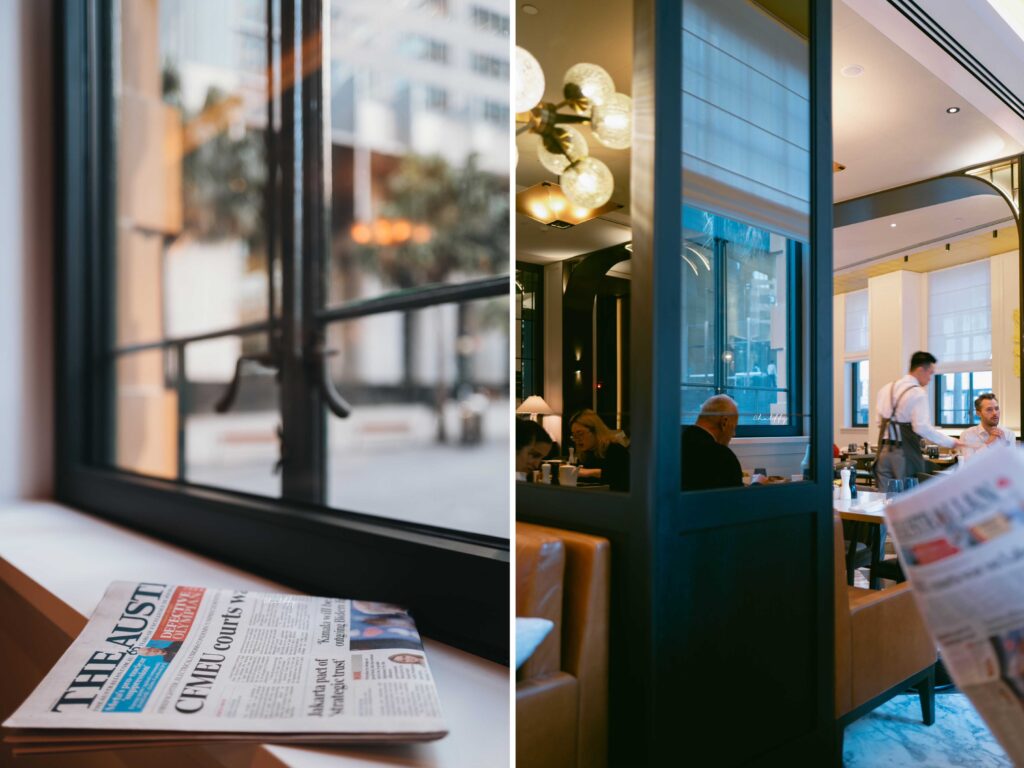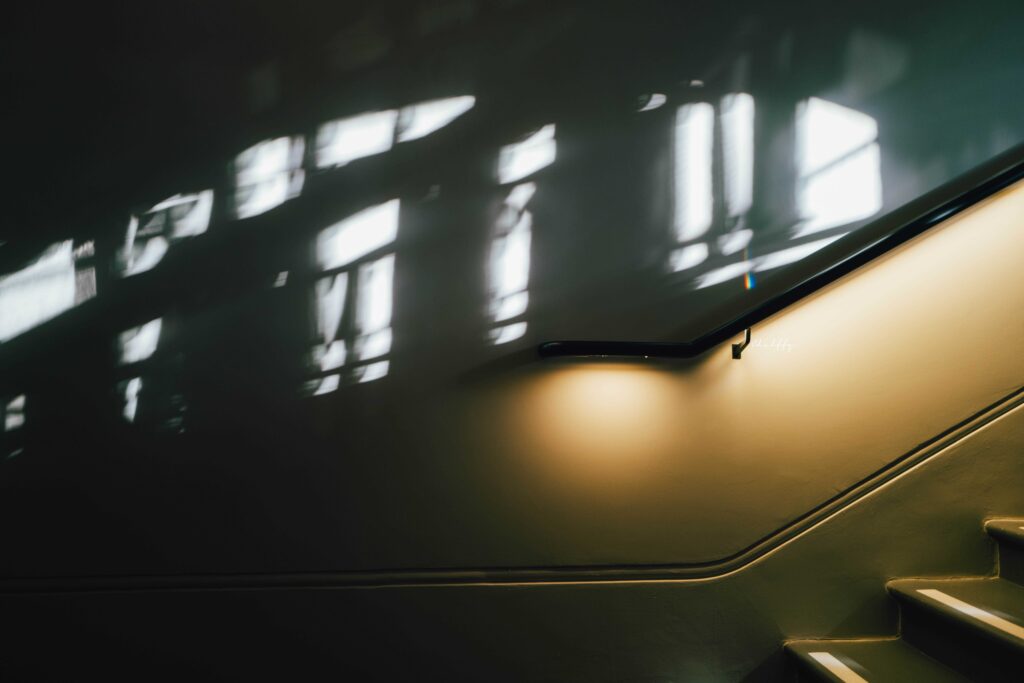
Written by Chalffy
This is the translated version from a chinese article. Click Here to read the original chinese version.
Throughout her half-century career, Jan Morris visited Sydney several times. In the 1960s, she saw Sydney as lacking in eternity, filled instead with countless fragmented moments, a city that would never wholly belong to the young. By the 1980s, her tone had softened, and Sydney had become her vision of an idealized Australia—so young, so full of promise. Then, in the 1990s, she distilled her judgment into a single, simple phrase: “Sydney is Sydney, a gift from God.”
From the moment Captain Cook first set eyes on Botany Bay, Sydney’s destiny seemed to unfold at a pace accelerated by time, compressing the city’s transformation from wilderness to bustling metropolis into less than four centuries. In the grand arc of human history, this is but a fleeting chapter, making Sydney appear to the world like a dazzling newcomer to the global stage. And with youth sometimes comes the fleeting brilliance of a shooting star. Yet Morris’s evolving reflections across fifty years also hinted at the city’s maturation—each vibrant morning, in this ever-optimistic city, Sydneysiders search for both their roots and a path forward into the future.
On this visit to Sydney, I stayed at Capella Sydney for a few days. As Australia’s first Capella hotel, I was curious to see how it would tell the story of this city. Facing the harbor, anchored in heritage, and embodying a chapter of humanity’s quest to explore the unknown, it became for me the perfect place to explore what “eternity” might mean for Sydney.

Architecture Means Eternity
In the life of Sydneysiders, the harbor means everything. Just a stone’s throw from Sydney Harbour, nestled among the gray skyscrapers, Capella Sydney stands out in warm, honeyed tones—a Baroque-style Edwardian building that once housed the Department of Education for New South Wales. Perched at the very heart of Sydney’s origins, it inhabits the city’s heritage with a clear sense of its role: the storyteller of Sydney’s past, present, and future.
Arriving at the hotel in the early morning, the glass facades of surrounding towers caught the light and cast dappled reflections across the sandstone exterior of Capella. Palm trees swayed gently, and, despite being in the bustling center of the CBD, there was a sense of serenity here that felt like the calm of a wild beach. Sandstone is the foundation of all Sydney, each piece soft in itself but strong together. It is this very rock that holds up the city, and indeed, much of Australia. The dual nature of sandstone—soft and strong—mirrors the character of the Sydneysider, a balance of resilience and grace. Sydney’s history may be brief, but brevity does not mean it lacks stories. By choosing to begin its narrative in a historic building made of sandstone, Capella Sydney feels like a gentleman who has lived here for many years, watching the glimmering harbor. He has seen the world’s brilliance, cherishes the memories of bygone days, and with quiet elegance, waits to greet old friends from the city and new visitors from afar.


Within the historic bones of Capella Sydney, the modern interior design speaks with a quiet confidence, embracing the future with ease. The palette is natural and understated, with a seamless flow between private and public spaces. Brass and marble are paired to create warmth and calm. Sydney’s colors have never been garish among the cities of the Southern Hemisphere; instead, they are soft, muted, and dreamlike—perfectly in harmony with Capella’s essence. Never loud, but always with a quiet beauty.
Sydney’s history is a blend of fierce individual idealism and collective functionalism. Over four centuries, restraint and introspection have become the city’s most familiar rhythms. Capella Sydney, with its rational and functional design, pays homage to this spirit, reflecting the city’s deep connection to these ideals and cementing its place as a natural part of Sydney’s ongoing story.







Looking for Identity in Art
Sydney has never been a stranger to art. Since the earliest immigrant ships docked, artists have arrived alongside them, becoming the city’s first memoirists. Today, art remains the most natural way for Sydneysiders to express their relationship with this land.
“You see, you’re practically staying in a museum,” the sommelier at Capella Sydney’s McRae Bar said with a smile after hearing about my upcoming gallery visits. And he wasn’t wrong. From the moment I stepped into the hotel, it was as if an effortlessly curated gallery had appeared before me—an assemblage of ceramics, paintings, textiles, and murals, some 1,400 pieces in total. Some works are from internationally renowned Australian artists; others hail from cutting-edge contemporary studios abroad. Yet all, without exception, speak of the relationship between humans and this land beneath our feet.
From the hotel entrance to the reception, six large paintings line the walls, created by artist Judy Watson specifically for Capella Sydney.As one of Australia’s representatives at the 1997 Venice Biennale, Judy’s work delves into the re-examination of contemporary Australian identity and the history of its First Nations people. In her pieces here, flowers, plants, animals are intertwined with soil and hair—elements that weave through her narrative of indigenous life on colonized Australian land, particularly those of women.
Upon first stepping into Capella Sydney, I immediately sensed the gentle quality of the design and the art—a softness that contrasts with Australia’s rugged history and Sydney’s relentless development. This tender aspect within Capella is a soothing counterbalance to the city’s inherent masculinity, making it a truly comfortable space. In two larger works at reception, Judy employs extensive etching techniques, a nod to the ancient carvings left by First Nations across the land over millennia. These ancient rock engravings—flowers, sharks, leaves—are still visible in the gorges around Sydney, etched deep into the stone. For thousands of years, they have witnessed the same blue sky, the same clear waters, and the same sunshine that bathe Sydney today.





Adjacent to the reception lies the grand atrium of Capella Sydney, Aperture. Once a Florentine-style courtyard in the original building, it has now become a gathering place for the city’s cultured set. Suspended above the atrium, dozens of enormous mechanical flowers rise and fall slowly, blooming in the sunlight. This installation, named Meadow, was created by a Dutch art studio for Capella, inspired by the lush green meadows scattered across Sydney, with the flowers modeled after common Australian species. Here, technology, nature, and art merge into one. Under the sun’s rays, these lifeless mechanical flowers seem to breathe as they continuously open and close above us.
Australia’s history has never been divorced from its nature, and Sydney’s growth reflects the same truth. Sydneysiders have always lived in harmony with their environment, where every flower and every leaf serves as a witness to the city’s history. Bringing these symbols of life into the hotel is a reminder that just like nature, the city’s public life persists and endures.
Sydney was born in pain, and these delicate flowers—native to the Australian landscape—may have once provided some solace to the earliest settlers. Now, through the union of technology and art, these flowers live again within a modern structure, as if an ancient, long-forgotten fable has been brought back to life.




Ocean: Origins of All
In 1873, Anthony Trollope remarked that every Sydneysider seemed endlessly eager to ask him if he had yet appreciated the beauty of their harbor. Half a century later, Sydney’s waterfront was plastered with bold posters, almost shouting the same query: “Have you seen our harbor?!” “What do you think of our harbor?!” Even today, the city’s adoration for its harbor remains as fervent and sincere as ever, a ritual of self-affirmation almost as ingrained as the British habit of discussing the weather.
During my stay at Capella Sydney, I too embarked on a private cruise arranged by the hotel, setting out to chase the migrating whales and to take in the splendor of Sydney Harbour along the way.


From April to October each year, around forty thousand humpback whales set out from Antarctica, passing through Sydney Harbour on their northern migration. On clear days, their massive forms can even be glimpsed leaping from the waters near Bondi Beach. The ancient rhythms of their migration remain a mystery—no one knows how long these creatures have followed this path, nor can anyone tally the countless whales that have arrived in Sydney Harbour at this time each year. Yet, in a land marked by both ancient history and vibrant modernity, the unchanging presence of these giants perhaps affirms the harmonious coexistence of human civilization and nature.
As the yacht churned up white foam, I glanced back to see Sydney’s skyline seemingly floating above the sea. All the city’s pride, camaraderie, diligence, and life are tucked away behind two rugged, flat cliffs, forming an invisible gateway to Sydney. Before the first British immigrants crossed this threshold in the nineteenth century, everything in Sydney Bay—its creatures and its Indigenous peoples—was as ancient as a legend. The initial plans of the first settlers were not for Sydney Bay but for Botany Bay, as recorded by Captain Cook—now the site of Sydney Airport. However, when Sir Arthur Phillip fortuitously chose Sydney Bay as the first settlement, modern Australian civilization began to take shape. Thus, this narrow, somewhat daunting strait is more than just an entrance to Sydney Harbour; it is the starting point of modern Australia.
To the east lies the vast ocean, and to the west, the dynamic pulse of the city.



As I gazed upon Sydney’s many bays and the buildings nestled along the hills, hidden amidst lush greenery, my thoughts wandered. If the early settlers had not arrived at Sydney Bay, but had instead followed their original plan to settle at Botany Bay, would Sydney today still possess the same enchanting allure? Or might the city have missed its moment of genesis altogether? History has left the answer to chance, and it is this very randomness that has imbued Sydney with its unique vitality. Perhaps it is precisely this fortuitous divergence that lends the city its air of calm and self-sufficiency, ensuring it moves serenely along its destined path.






As our yacht glided into a tranquil expanse of sea, two large whale-watching boats appeared ahead, signaling the presence of whales. The surrounding silence was profound, broken only by the gentle lapping of waves against the hull, as if nature itself were preparing a wordless ritual for the whales’ grand entrance. Suddenly, a vast white whirlpool emerged from the deep blue, striking and mysterious. Then came a shout from one of the nearby whale-watching boats, and two enormous black shapes surfaced—the mother and calf. Amid the cheers from the crowd, they began to frolic, their movements joyous and lively. The pair would occasionally raise their tails or show their heads above the water, each rise and fall sending ripples through the sea. Our yacht rocked violently, as if a balloon caught in the wind. Though the mother and calf did not completely breach the surface, their close-range play was a generous gift from the ocean.
On the way back, we encountered two more whales. Their migratory path lay not far from the Southern Hemisphere’s most magnificent city. Sydney, emerging from the sea, is where all things have their origin, and here, the unchanging rhythm of life resonates most deeply.


Each evening, a ritual named “Echoes of Eternity” graces the Living Room—a cozy, candlelit enclave reserved for residents only. As twilight deepens, we gather, drinks in hand, and surrender ourselves to the soft glow of history, where Sydney’s past unfolds in a rich tapestry, subtly evoked through the quiet murmurs and flickering light, bridging the present with centuries gone by.


On New Year’s Eve at the turn of the millennium in 2000, the Sydney Harbour Bridge was adorned with lights forming the pattern of the word “Eternity.” This simple, yet profound inscription harks back to the 1930s through the 1960s, when Arthur Stace anonymously painted this single word—“Eternity”—across Sydney’s streets. The word has become a tribute and a hope for millions of Sydneysiders, symbolizing the city’s journey from desolation to vibrant confidence. Sydney moves forward, unburdened by its past, embracing both the present and the future.
Capella Sydney, amidst the realms of culture and art, carries a reverence for this land, its ocean, and its history. It honors not only the generations that have passed and the time that has flowed but also the eternal future of this youthful city.
CAPELLA UBUD:A Dream of Sailing to the World in Jungle
Email:chalffy@chalffy.com
Instagram:chalffychan
More Articles here
